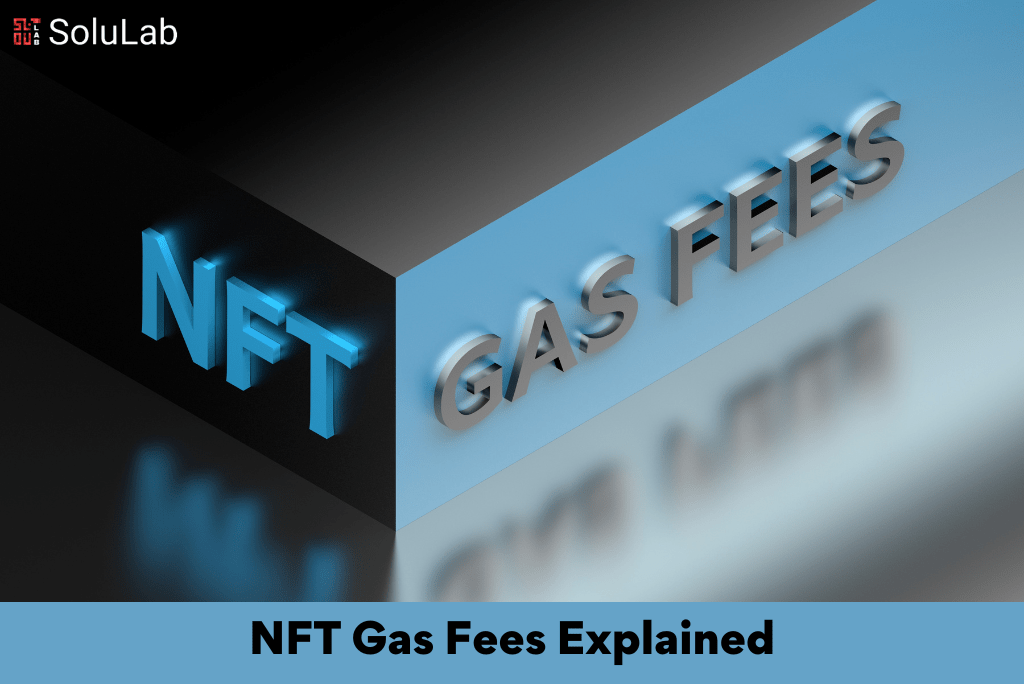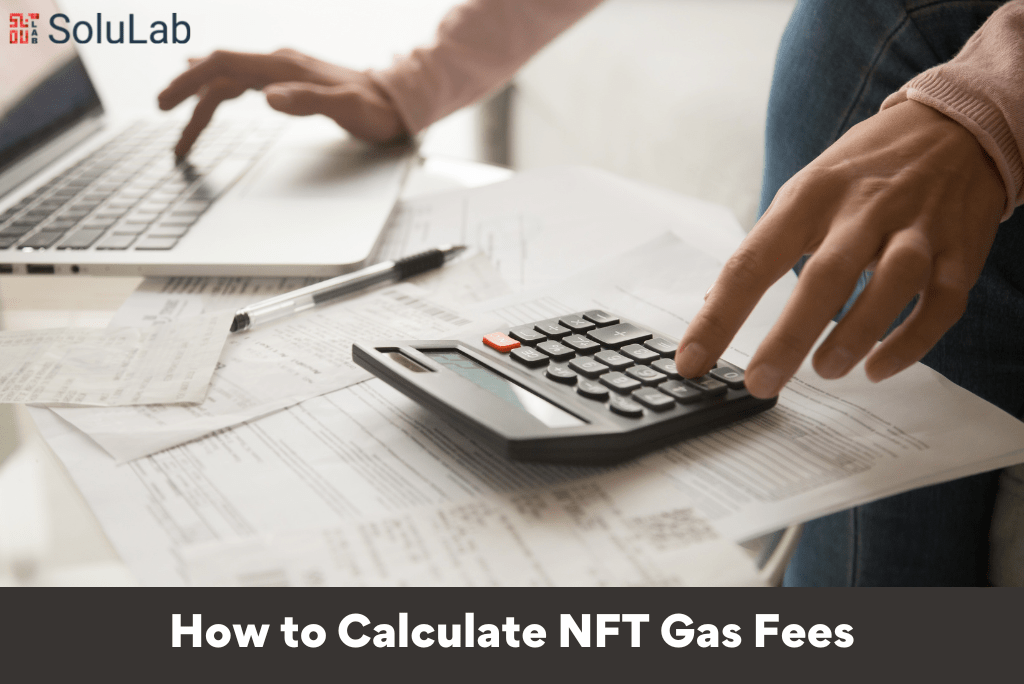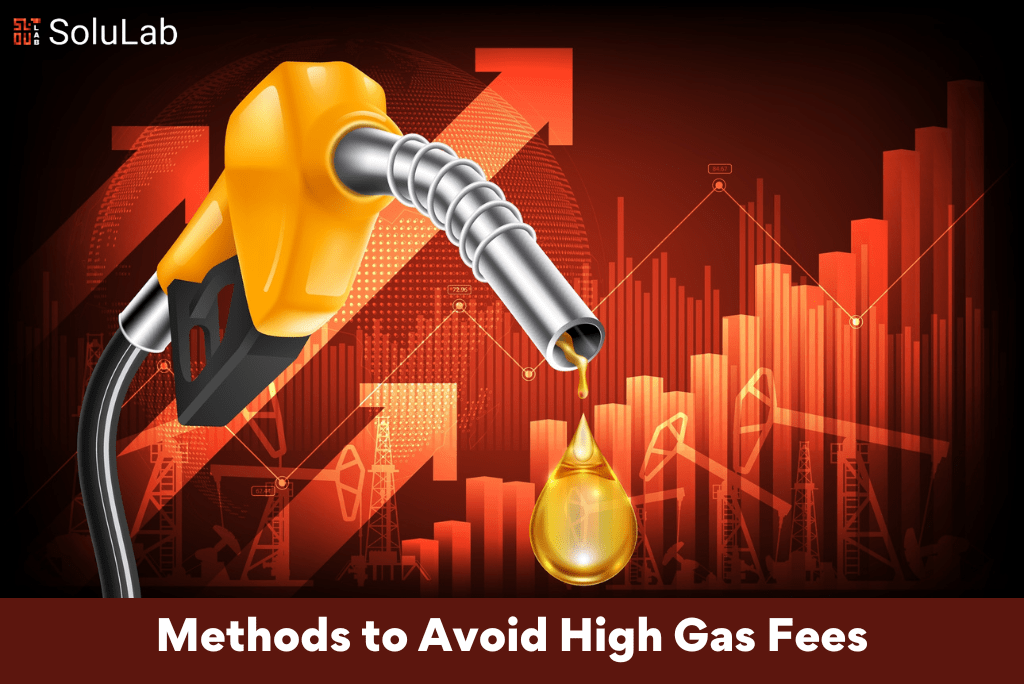
Although it is a phrase unique to Ethereum, gas fees are frequently used to refer to service fees with different blockchains. The most popular and widely utilized blockchain is Ethereum, particularly with NFT marketplaces as well as other decentralized applications (dApps).
A gas fee is somewhat akin to a processing fee, which is the fee that fuels the blockchain. You must pay a gas cost to complete a transaction when you sell, buy, or tokenize an item on the blockchain. Since each transaction costs some ether, gas prices also deter criminals from trying to flood a network with fraudulent transactions (ETH).
That is merely the basic explanation, but what are gas surcharges, and why are they necessary? It turns out that no market is entirely free, not even decentralized ones.
Gas fees run Blockchains
A blockchain is a network of nodes, or computers, that collaborate to validate data and transmit it in blocks. Gas fees come into play since processing transactions and uploading data to these blocks needs power.
You pay a gas price so that it contains your transaction in the following block in exchange for these nodes processing the transaction you desire, such as minting, transferring, or a smart contract.
The transaction’s complexity has a major impact on the number of gas fees you pay. You pay less since less gas is used when a transaction is straightforward. The native currency of Ethereum, ETH, is used to pay for gas.
How much are gas fees?
Depending on the difficulty of the transaction & network congestion, gas prices vary by the second and can range from $1 to $1,000.
Factors that determine NFT gas fees
- Transactional difficulty. Different transactions use different amounts of gas. Simple network transfers, like sending ETH to some other wallet, are often less expensive to execute than complex smart contracts.
- Network sluggishness. Simply due to the additional requests clogging the network, the charge for completing a transaction on the chain could rise if Ethereum experiences a surge in popularity. You should anticipate an increase in the cost of processing these transactions if more apps, such as marketplaces and cryptogams, are established on the Ethereum platform.
- Processing velocity. The price of gas can also vary depending on how quickly you would like the transaction to complete. Want to complete a transaction quickly, almost instantly? Expect to pay more for gas. Is waiting okay? Lower your petrol price. Similar to paying more for rapid shipping to an item rather than waiting multiple days for ordinary shipping, this is how you should think about it.
Read more: How to Create NFT Art Without Coding
How to calculate NFT gas fees

The formula for gas fees:
Gas units (limit) X (Base fee + Priority fee) = Gas fee
Gas prices are denoted in “gwei” which is a denomination of ETH. Each gwei is 0.000000001 ETH. The minimum amount of gas to process a transaction is 21,000 gas units, so a base price of 200 gwei (0.000000000712 ETH).
If you want to transfer $10 worth of ETH to another wallet, the gas price is the same as if you were transferring $1,000,000 to a wallet — remember that it’s not the amount you’re sending but the complexity of the transaction. The gas limit with a simple transfer is 21,000 units, and the gas price would be 200 gwei, or 0.0042 ETH, which is the amount paid to the miner.
You don’t need the formula to calculate the cost of each transaction. By starting a transaction with your crypto wallet, the gas price will be automatically calculated and you can choose to accept or decline the transaction.
Transactions that require a gas fee
- Minting an NFT
- Buying an NFT
- Transferring an NFT to a wallet
- Sending cryptocurrency to a wallet
How do you mint NFTs without paying a gas fee?
Users must pay the gas price necessary to tokenize a file on the blockchain in almost every NFT marketplace. However, some NFT marketplaces, including Mintable, permit “gasless minting.”
But there’s a catch. Typically, this entails paying a higher seller charge or the gas fee after NFT has been sold. For gasless NFTs, Mintable charges creators 5% of the final price, as opposed to the standard 2.5%.
Methods to avoid high gas fees

- Make purchases during off-peak hours. You can save some money on gas by executing a transaction on a blockchain whenever fewer people are using it, much like it is better to call customer service during its “slow time.” The busiest days are usually Monday through Friday, so try to avoid those days if you can to save money.
- Observe the ETH price. Keep keeping mind that fuel charges are made in ETH. If ETH is expensive, expect to spend more. Watch market values on current, constantly updated platforms like CoinMarketCap.
- Choose a longer transaction period. You can save some ETH by choosing a slow transaction over a quick one if you don’t mind the additional processing time.
Conclusion
Blockchains are powered by gas fees. A blockchain relies on nodes cooperating to maintain order in place of a centralized authority controlling transactions.
Gas fees are an element of operating in this market, whether you’re minting NFTs, selling, or purchasing them. They can be a barrier for emerging artists, particularly if petrol prices are high, but you can cut the cost by doing some research, timing your projects well, or making use of markets that offer gas fee subsidies.




